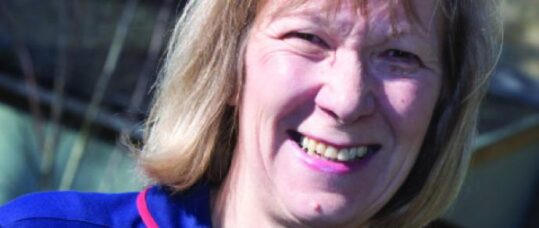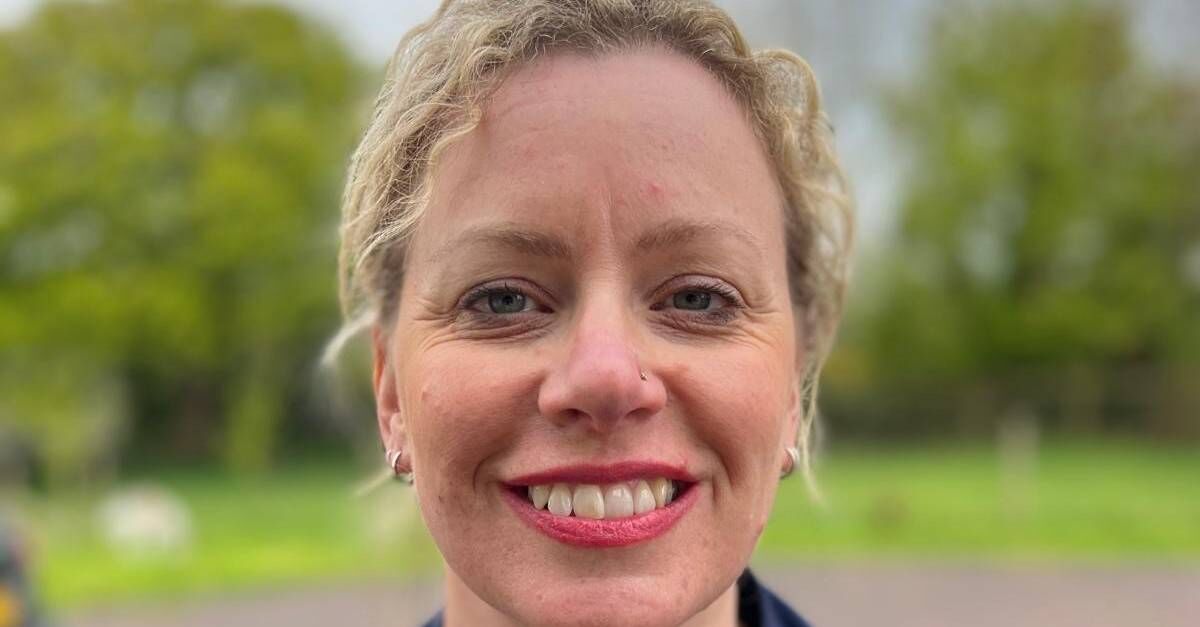Recently I’ve been involved in a pilot looking at new ways of working to support patients with long-term conditions and older people where their social care needs are stable but their medical needs fluctuate.
The aim of the pilot is to provide a continuity of care for patients by doing a joint health and social care assessment. We started in Tynedale due to its rurality, large geographical area and high levels of health and social care home visits.
The pilot builds on our current health assessment process which already includes reviewing how patients are managing at home with personal hygiene, nutrition, mobility, as well as a nursing assessment.
We know many of our patients also receive social care regularly and if their social care package has stayed the same then they are suitable patients to engage with in this way and report back to social workers. It doesn’t add to our existing caseloads but instead alleviates the need for a visit from a social worker who can focus on patients with greater needs.
Suitable patients are identified by social workers and/or at multi-disciplinary team meetings where patients at risk of hospital admission, or whose health has suddenly deteriorated, are reviewed by GPs, district nurses and social workers involved in their care.
Community matrons, staff nurses and district nurses carry out the joint health and social care assessments as part of our routine six monthly patient reviews in patients’ homes. Social workers still carry out assessments for patients whose social care needs fluctuate, assessments in residential homes and where a patient requires more regular reviews.
We have always worked closely with social care, but the main difference is for these patients we decide what the social care requirements are through the joint assessments, and pass these requirements on to the social worker who organises their care.
In the past, if the patients’ circumstances have changed and we identified they weren’t coping at home we would have to refer them to social care and they would have to carry out another assessment, repeating questions we’d already asked, before even arranging care packages.
This often delayed services starting and patients were frustrated at having to repeat the same – often very personal – information to several professionals.
This way of working is particularly effective for palliative patients where arrangements need to be made quickly. The district nurses are the specialist nurses involved in their care and as their case manager I would liaise with the local hospice, Macmillan, GPs and the social worker. I recommend what social care they need. It might be providing a sitter so the family carer can go out, or to support the patient to go shopping.
As the disease progresses and the care package changes, carers may be required to bathe the client, prepare food, or help them during the night. This way of working gives us more flexibility. It increases our ability to act quickly to meet the patients and families’ needs. It also means that the patient only has to deal with one team, which is easier for them at such a stressful time.
We don’t need to ring around providers to arrange support. Instead, social care makes the arrangements based on our assessments. It’s a simple system, no referral forms, just a quick phone call or fax.







